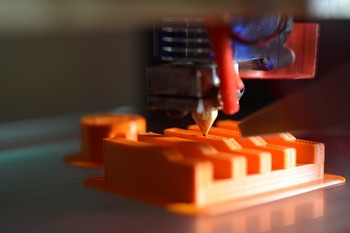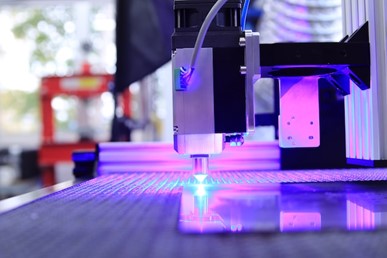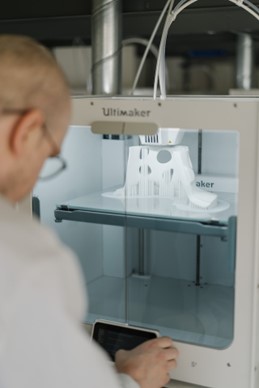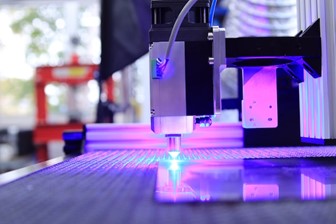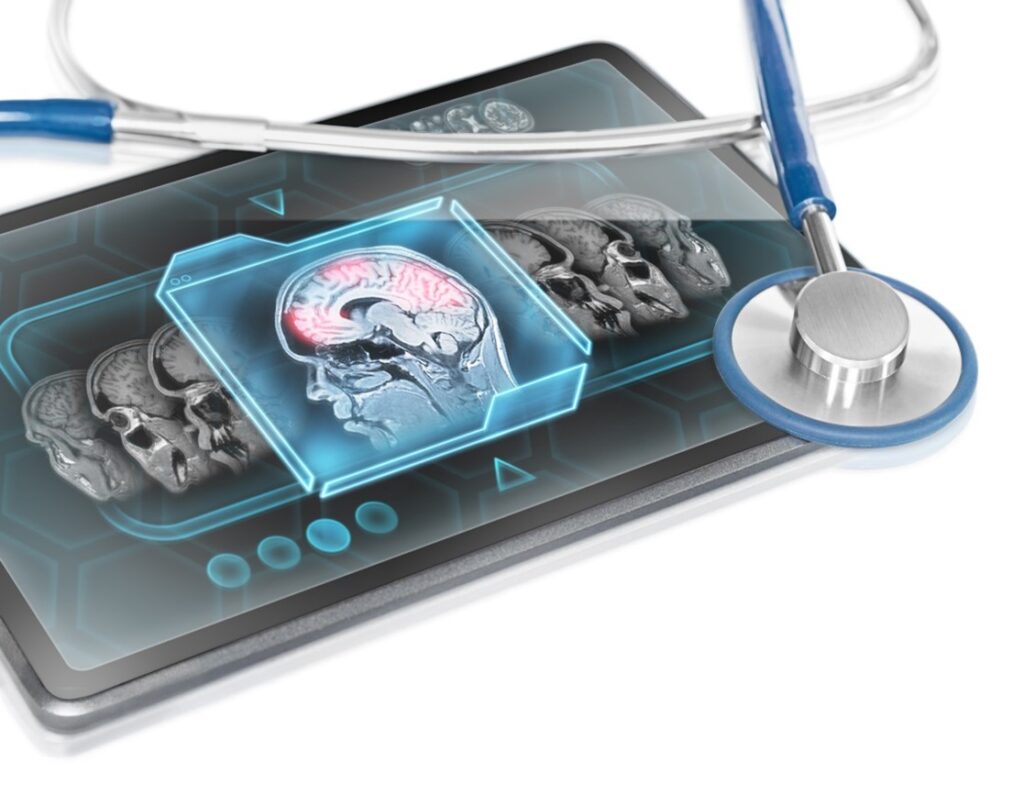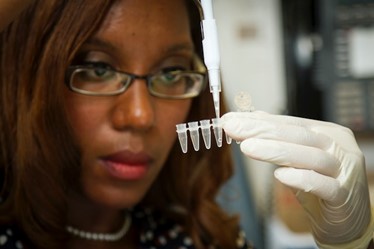In the rapidly evolving landscape of biotechnology, where groundbreaking innovations shape the future of healthcare and research, the role of sales strategies extends beyond mere product promotion. Biotech companies are increasingly recognizing the importance of adopting customer-centric approaches to not only meet but exceed the needs of their diverse clientele. Below, John Kim UCLA delves into the significance of customer-centric sales strategies in the biotech sector, emphasizing the shift from product-centric to customer-centric approaches and how these strategies contribute to sustained success in the industry.
Understanding the Biotech Landscape
Biotechnology, a field at the intersection of biology and technology, encompasses a wide range of applications, from pharmaceuticals and medical devices to agricultural advancements and environmental solutions. In such a dynamic and multifaceted industry, understanding the unique needs and challenges of customers becomes paramount for success.
Diverse Customer Base
The customer base in biotech spans a spectrum of entities, including pharmaceutical companies, research institutions, healthcare providers, and agricultural organizations. Each customer category comes with its own set of challenges, regulatory requirements, and expectations.
Rapid Technological Advancements
The fast-paced nature of technological advancements in biotech requires sales strategies to be agile and adaptable. Customers seek not only innovative products but also solutions that integrate seamlessly into their existing workflows.
The Shift from Product-Centric to Customer-Centric Approaches
Understanding Customer Needs
A customer-centric approach begins with a deep understanding of the unique challenges and goals of each customer segment. Sales teams in biotech must engage in active listening, gathering insights into the specific requirements of their clients.
Building Long-Term Relationships
Beyond transactional interactions, successful sales strategies in biotech focus on building enduring relationships. Recognizing the long-term nature of many biotech projects, sales professionals aim to become trusted partners rather than mere product vendors.
Customized Solutions
Biotech customers often require tailored solutions that align with their distinct applications and goals. Customer-centric sales strategies involve collaborating closely with clients to customize products or services, ensuring they seamlessly integrate into existing processes.
Post-Sale Support
The customer journey extends beyond the sale of a product. Providing robust post-sale support, including training, troubleshooting assistance, and continuous communication, contributes to customer satisfaction and loyalty.
Key Components of Customer-Centric Sales in Biotech

In-Depth Product Knowledge
While the focus is on the customer, in-depth product knowledge remains crucial. Sales teams need to convey the technical aspects and unique selling points of their products in a way that aligns with the customer’s specific needs.
Education and Training
Biotech sales strategies often involve educating customers on the proper use and benefits of products. Providing comprehensive training programs demonstrates a commitment to customer success and facilitates optimal product utilization.
Value-Added Services
In addition to products, offering value-added services enhances the overall customer experience. This may include access to educational resources, on-site support, or collaborative research initiatives.
Data-Driven Insights
Leveraging data analytics can provide valuable insights into customer behaviors and preferences. By understanding how customers interact with products and services, sales teams can refine their strategies and offerings.
Success Stories in Customer-Centric Biotech Sales
Collaborative Research Partnerships
Biotech companies engaging in collaborative research partnerships with academic institutions or other research entities showcase a commitment to advancing scientific knowledge. These partnerships not only benefit the biotech company but also contribute to the broader scientific community.
Customized Solutions for Pharma Companies
In the pharmaceutical sector, biotech sales teams may collaborate with pharmaceutical companies to develop customized solutions for drug development. This customer-centric approach aligns with the specific needs and challenges of the pharmaceutical industry.
Continuous Training Initiatives
Biotech sales strategies that incorporate continuous training initiatives for customers demonstrate an ongoing commitment to customer success. This can include workshops, webinars, and training modules that empower customers to make the most of the products or services.
Conclusion: The Future of Customer-Centric Sales in Biotech
As the biotech industry continues to innovate and evolve, customer-centric sales strategies will play an increasingly vital role. The ability to understand and adapt to the diverse needs of customers, provide value beyond products, and build enduring relationships will differentiate successful biotech companies in the competitive market. By prioritizing the customer experience, biotech sales teams contribute not only to the growth of their respective companies but also to the advancement of scientific and technological frontiers in the biotech sector.


